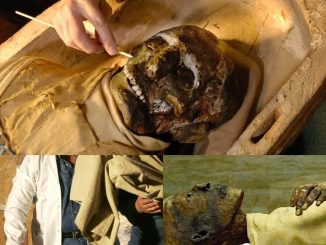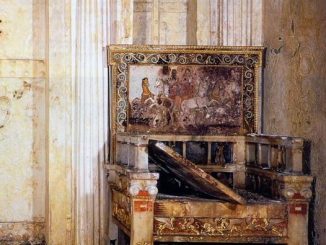Rising majestically atop Castle Hill, Stirling Castle commands breathtaking views of Scotland’s rolling landscapes. This storied fortress, one of the largest and most important in Scotland, has witnessed some of the nation’s most significant historical events and stands as a symbol of Scotland’s rich heritage.

A Strategic Location
Located in Stirling, Scotland, the castle sits atop an intrusive crag, part of the Stirling Sill geological formation. Surrounded on three sides by steep cliffs, the fortress boasts an impregnable defensive position. Its strategic location guarded what was, until the 1890s, the farthest downstream crossing of the River Forth, making it an essential stronghold from the earliest times.

A Fortress of Historical Significance
1. The Wars of Scottish Independence:
Stirling Castle played a pivotal role during the Wars of Scottish Independence (1296–1357), bearing witness to several intense sieges:
- 1299: The Scots recaptured the castle from the English, only to lose it again in 1304 after a brutal siege by Edward I.
- 1314: The Battle of Bannockburn, fought nearby, saw the Scots under Robert the Bruce triumph over the English and reclaim Stirling Castle.
- 1336–41: The castle changed hands multiple times between the Scots and the English, highlighting its strategic importance.
2. The Jacobite Uprisings:
Stirling Castle was the target of the last significant siege in 1746 during the Jacobite Uprising. Bonnie Prince Charlie unsuccessfully attempted to capture the fortress, marking the final chapter in the castle’s long military history.

Architectural Grandeur and Significance
Stirling Castle is renowned for its architectural magnificence, with many of its buildings dating back to the 15th and 16th centuries. Key structures and features include:
1. The Royal Palace:
- Built during the reign of James V (1513–1542), the palace is a stunning example of Renaissance architecture.
- The King’s and Queen’s Apartments are adorned with magnificent tapestries and painted ceilings.
2. The Great Hall:
- Constructed by James IV in 1503, it is the largest medieval banqueting hall in Scotland.
- Restored to its former glory with a lime-washed exterior, it continues to impress visitors with its grandeur.
3. The Chapel Royal:
- Built by James VI in 1594 for the baptism of his son, Prince Henry, the chapel features remarkable frescoes and decorative work.
- It served as the spiritual heart of the castle.
4. The Outer Defenses:
- The Forework, a series of imposing defensive structures, was added by James IV.
- The French Spur and other bastions reinforce the castle’s strategic position.

Modern-Day Stirling Castle
Today, Stirling Castle is a Scheduled Ancient Monument and is managed by Historic Environment Scotland. It remains one of the most popular tourist attractions in Scotland, drawing visitors with its rich history, stunning architecture, and panoramic views.
Key Attractions:
- The Regimental Museum:
Showcasing the history of the Argyll and Sutherland Highlanders, a regiment with deep ties to Stirling. - The Great Kitchens:
A vivid recreation of medieval life through the lens of the castle’s kitchens. - The Stirling Heads Gallery:
Displays intricate wooden carvings that once adorned the Royal Palace. - The Tapestry Studio:
Where artisans weave reproductions of 16th-century tapestries.
Visiting Stirling Castle
- Location: Stirling, Scotland
- Hours: Open year-round (check the official website for seasonal hours)
- Admission: Entrance fees apply (discounts available for children, students, and seniors)
Conclusion
Stirling Castle stands as a proud symbol of Scotland’s past, a bastion of history that has shaped the nation. Whether you’re a history enthusiast, architecture lover, or simply in search of breathtaking views, Stirling Castle offers a glimpse into the dramatic and storied history of Scotland. It remains a testament to the resilience, creativity, and spirit of the Scottish people, making it a must-visit destination for anyone exploring the region.


